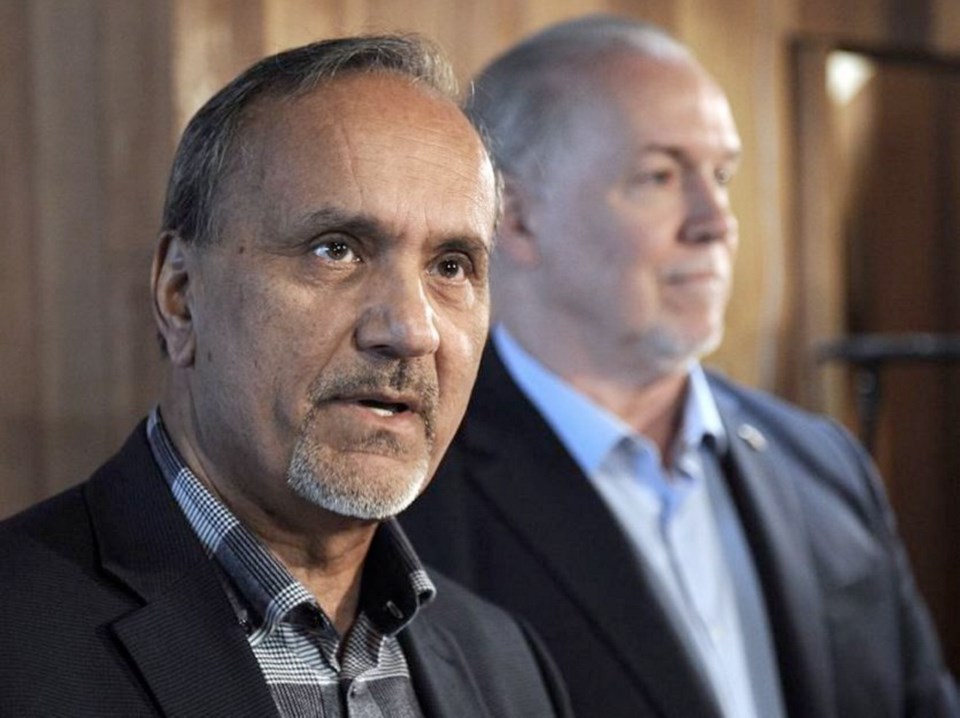A few developments this week bring home the mounting frustration and anxiety the B.C. business world is facing in month five of the pandemic. For all the billions the NDP government has earmarked to cope with COVID-19 and recover from it, the economy is still reeling. Business is facing a minefield over the next year. The most immediate danger is the likelihood of further restrictions in the hospitality sector — or stricter enforcement of existing ones — signalled on Monday. The daily case count is rising again, and it looks to be due mostly to the re-openings in that sector.
With a flare-up, the only way to avoid retreating back to economy-wide restrictions is to land harder on specific sectors. That appears to be in the works.
An increase in cases crimps the economy further regardless of restrictions. People hunker down and sales drop.
Further down the road, businesses are facing a big due date. Hundreds of millions of dollars worth of help from the government came in the form of deferring taxes and levies. Most of them come due in September, when the economy could be staggering just as badly as it is now.
The only economic certainty is more rampant uncertainty.
So when Labour Minister Harry Bains lobbed a new time bomb in the path of business this week, it didn’t go over well.
It looks like all the accumulated frustration boiled over in a lengthy letter signed by nearly every business association in B.C. It condemns every aspect of changes he introduced to the workers’ compensation system.
They look innocuous at first glance. Amendments would raise the maximum annual benefit by 15 per cent, to $100,000. Worksafe B.C. would be able to order urgent treatment for injuries before hearings. Coverage for mental disorders would be broadened.
Bains said they were “modest,” don’t increase cost to employers significantly and contrast with B.C. Liberals’ lack of action on worker compensation benefits.
Twenty business groups didn’t buy that. It took them eight pages to critique the bill. They said the bill ignores their plea to lay off any changes that impose new costs during the emergency and just adds uncertainty.
“Now is not that time.”
The business leaders contrasted the lack of consultation with Premier John Horgan’s promises to listen to everyone on a recovery plan. They told Bains he is “working at cross-purposes” with the premier.
About half of B.C. businesses report higher operating costs due to COVID-19 protocols, and the WorkSafe changes just add more, they say.
One small change that recalculates partial disability benefits could lead to huge loss-of-earnings claims that would drive Worksafe back to the financial trouble it was in years ago.
Another explanation for the vehement response — separate from desperation — might be the success they had in their last argument with Bains.
Last month, employer groups wanted an extension to the period that layoffs are considered temporary. That would avoid paying big severance bills when the temporary period lapses and workers laid off due to the pandemic are considered automatically dismissed. Bains balked at the extension, but the government relented under heavy pressure.
If a full-frontal attack worked once...
The opposition brandished the letter in the legislature on Tuesday during question period.
Their argument was that Bains was imposing new costs on employers to deal with the threat of on-the-job injuries, when people are vastly more worried about jobs, period.
But tilting WorkSafe B.C. more in favour of employees was in the marching orders the premier gave him when he was sworn in. So any backdown is likely to be minimal.
Another separate indication of how desperate businesses are came from the Tourism Industry Association of B.C.
It unveiled an elaborate argument via slide show that illustrated their case for getting $680 million in investment support, with more to come, in order to fight back from the pandemic.
It’s an outlandish amount of money. It would amount to almost half the $1.5 billion the government has committed to a province-wide recovery plan.
The ask is based on their calculation of a $15-billion loss in revenue this year, and the cutting of 115,000 jobs, almost half the workforce.



